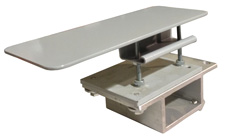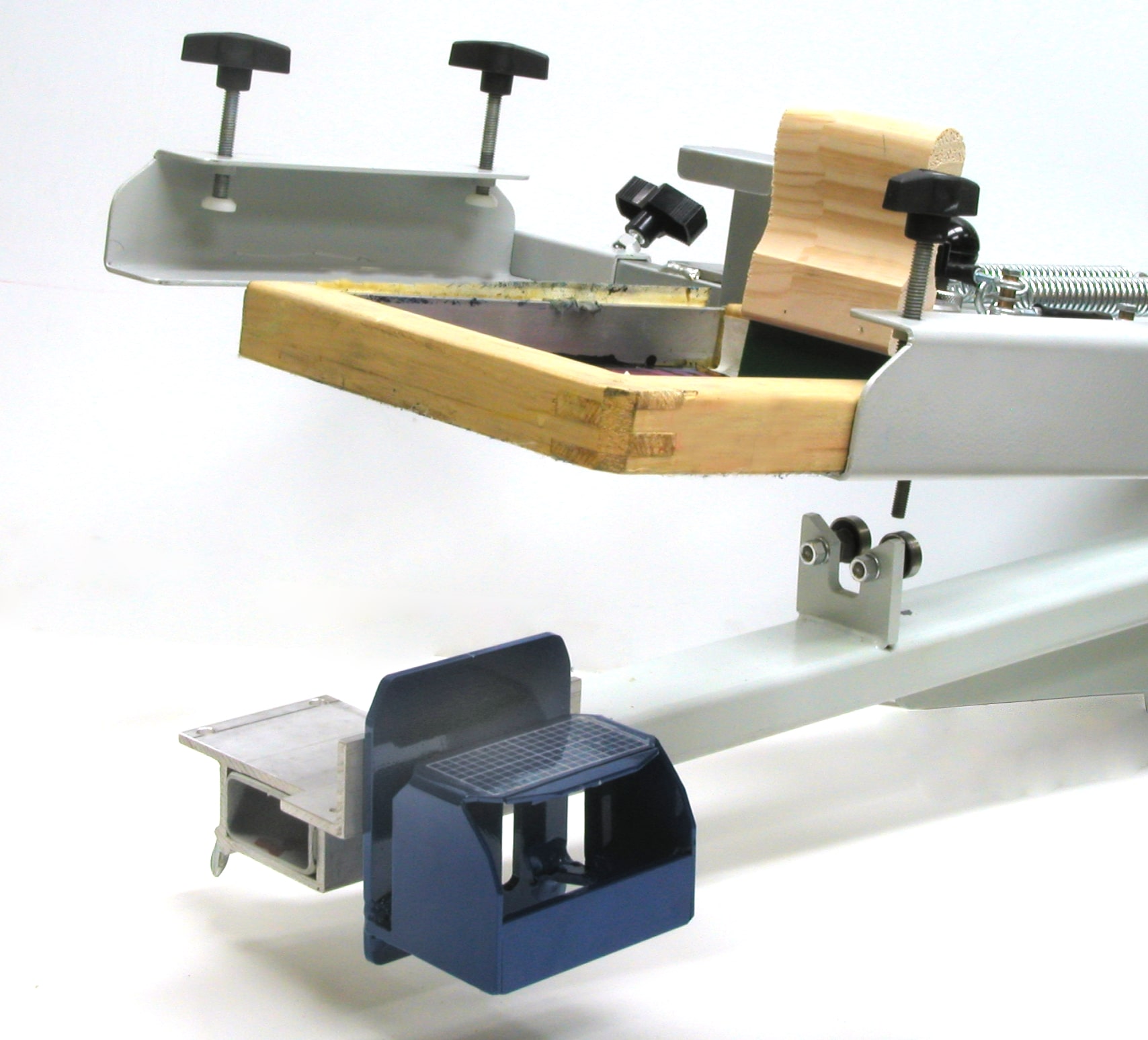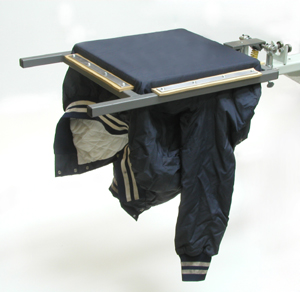What to Know About Specialty Platen Options
Whether it is T-shirts, koozies, hats, or jackets, screen printers can customize a variety of items for their customers using specialized platens.
Screen printing is one of the most versatile methods of decorating. Whether it is T-shirts, koozies, hats, or jackets, screen printers can customize a variety of items for their customers. Being able to print all of these items does require specialized platens (also called pallets). These specialty platens are easy to install and interchange on a manual or automatic screen printing machine. Here is a breakdown of the most popular specialty platens available to enable a printer to expand its printing options and opportunities.
T-Shirt platens
Most screen printing machines come with a standard T-shirt platen that accommodates traditional adult T-shirts. For those printing a lot of children, youth or extra-large sizes, a smaller, or larger, platen might be necessary. There are general industry norms for those sizes:
- A child platen is approximately 9″W X 21″L with the neck (18″L without the neck)
- A youth platen is about 11″W X 21″L with the neck (18″L without the neck)
- An x-large platen is approximately 16″W X 21″L with the neck (18″L without the neck)
Printing on long sleeves is one of the most requested prints. To fulfill this request, you will need a specialty long-sleeve platen. Often, these platens will either fit one sleeve or two sleeves at a time. The advantage of a dual sleeve platen is you instantly double production.
 Another popular request is for pocket printing. For lower volume or infrequent pocket printing, you can get a “clip-on” pocket attachment. This attachment slides over your existing platen and is secured to the platen using a thumb screen. It is best to use it on a wooden platen so the thumb screen can dig into the underside of the platen to be fully secured. If you are going to have a higher volume or be printing pockets frequently, get a stand-alone pocket platen (pictured to the left). This accessory will provide more longevity and allow for increased production speed.
Another popular request is for pocket printing. For lower volume or infrequent pocket printing, you can get a “clip-on” pocket attachment. This attachment slides over your existing platen and is secured to the platen using a thumb screen. It is best to use it on a wooden platen so the thumb screen can dig into the underside of the platen to be fully secured. If you are going to have a higher volume or be printing pockets frequently, get a stand-alone pocket platen (pictured to the left). This accessory will provide more longevity and allow for increased production speed.
Tag printing for private labeled T-shirts is also popular. Again, depending on volume and frequency, there are a few options. One way is to use a pocket platen and load the neck of the shirt onto the platen to create a flat and smooth printing surface. Alternatively, you can buy a specialty tag platen if you will frequently be printing T-shirt tags.
Koozie platens
Koozies are a trendy item to screen print. They are cheap to produce and easy to print. However, it can be tricky getting a proper platen for them because there is no standard shape and size of a koozie. The trick is to talk with the screen printing press manufacturer about compatibility. It is often the more rigid koozies that are harder to print, while the softer ones that lay flat when not keeping a drink cold tend to fit most platens.
Hat platens (and frames)
The best hats to screen print are trucker hats. This hat style seems to be cyclical, going in and out of fashion at different times.

To screen print on these, you will not only need a special hat platen but a specific frame for printing hats. It looks like a standard frame on three sides except one side is a thin metal edge (as opposed to a thicker standard edge). As the frame comes down, this edge presses against the top side of the brim, at the bottom of the printed area. The platen is typically bought in conjunction with the frame and enables the hat to be positioned with the printed area facing up. There are a few different styles of cap platens. The “J” style is the easiest because it features a bill locator, plate grid, and side plates for easy alignment. The “L” style hat platen is more basic, and you have to align the hat yourself.
Hold-down platens
Printing on nylon jackets and other double-lined items like mesh jerseys require a specialty platen. These garments have two layers: the outer layer and the inner lining layer. To get a good screen print, you need a platen that can hold down the outer portion as well. Without a specialty platen, this is a problem because platen adhesive only secures the inner part.
To use a hold-down platen, you place the garment on the platen and then lower a metal frame around the garment. This frame (or hoop) secures the outer layer so it can be screen printed safely.
These various platens are great options for expanding your screen printing capabilities beyond a regular T-shirt print. Providing your customer with more print options gives you additional sources of revenue for the same job.
